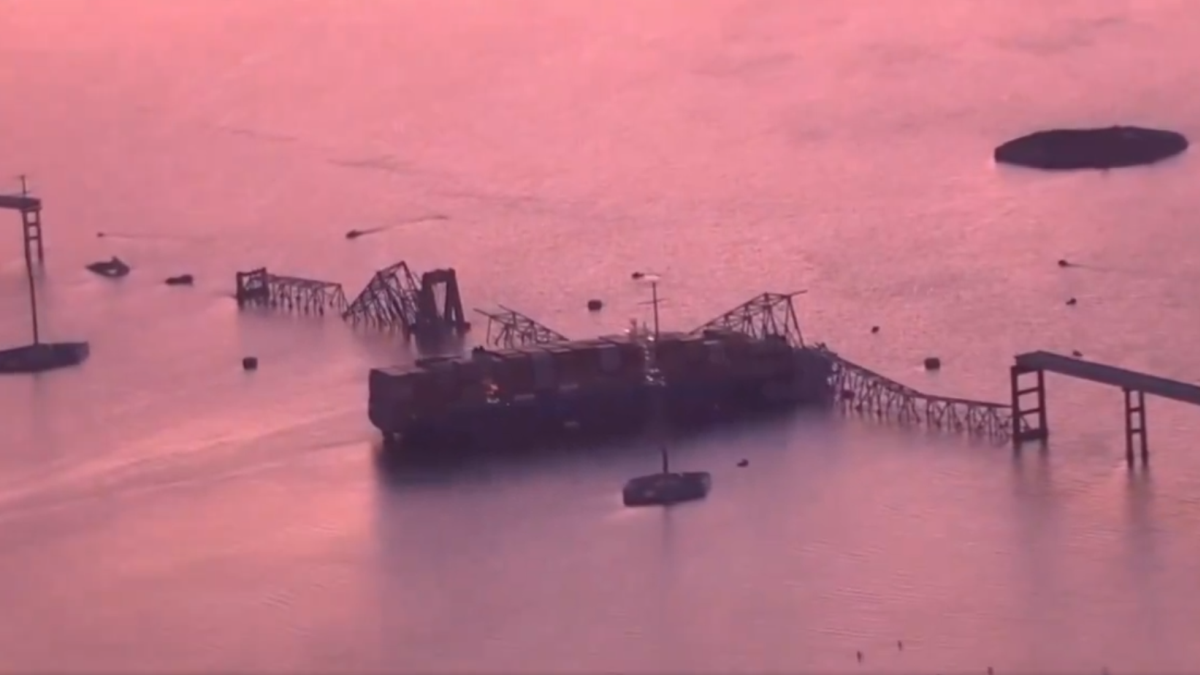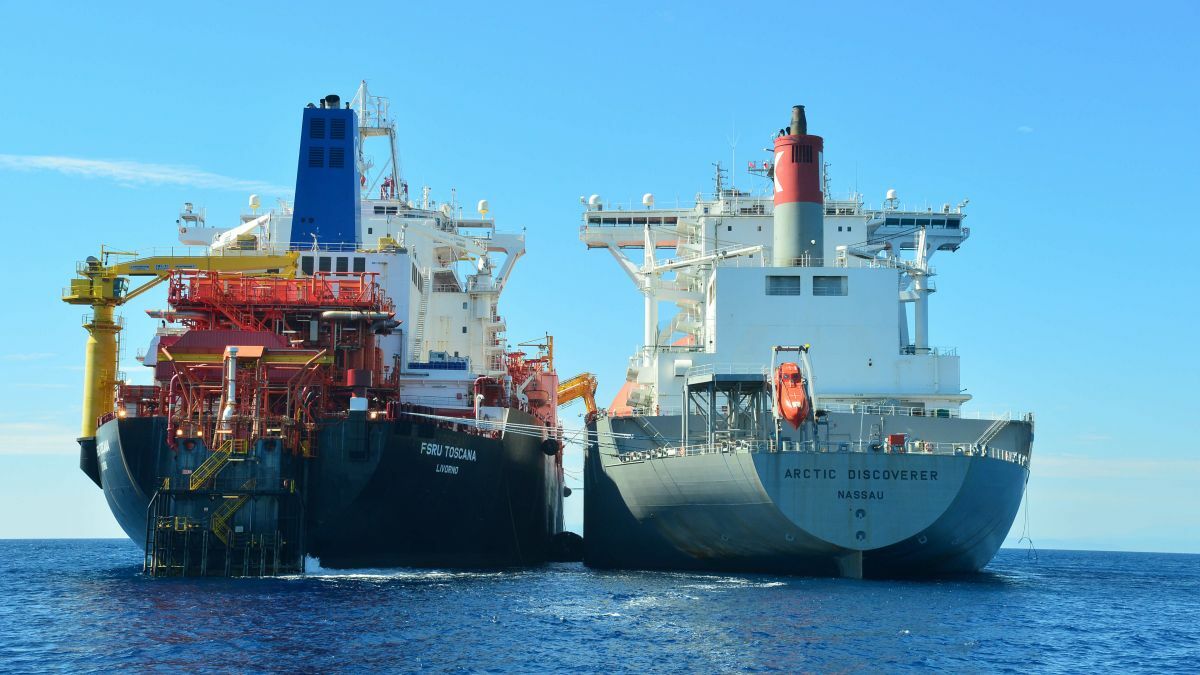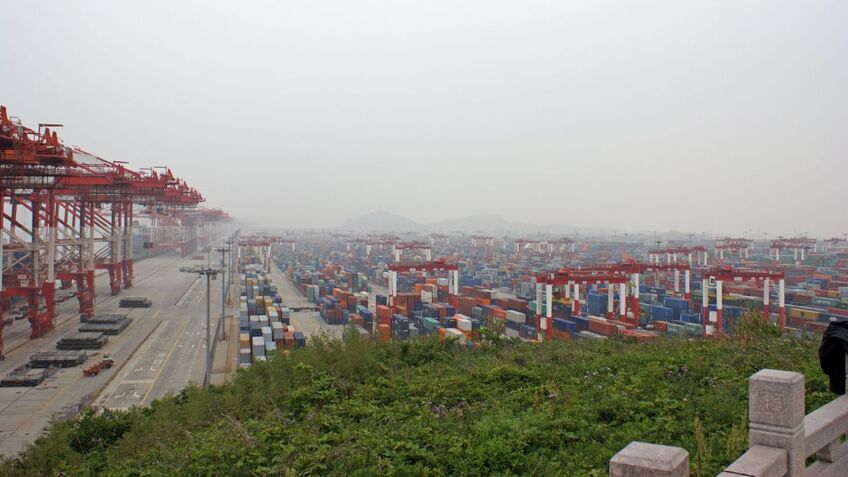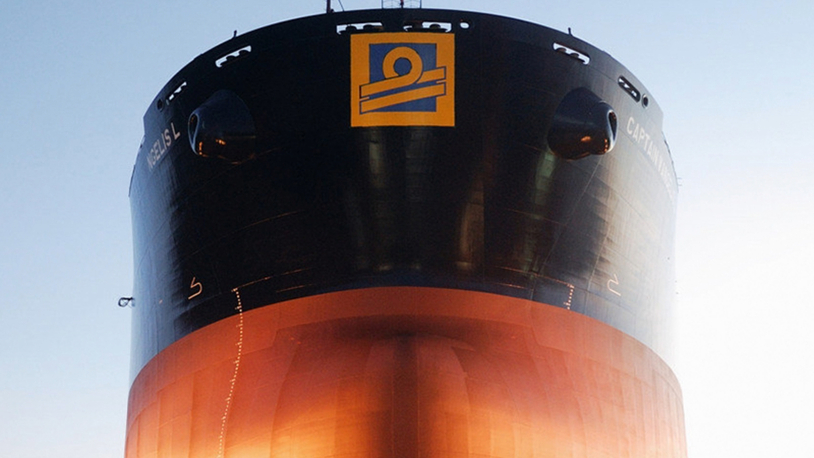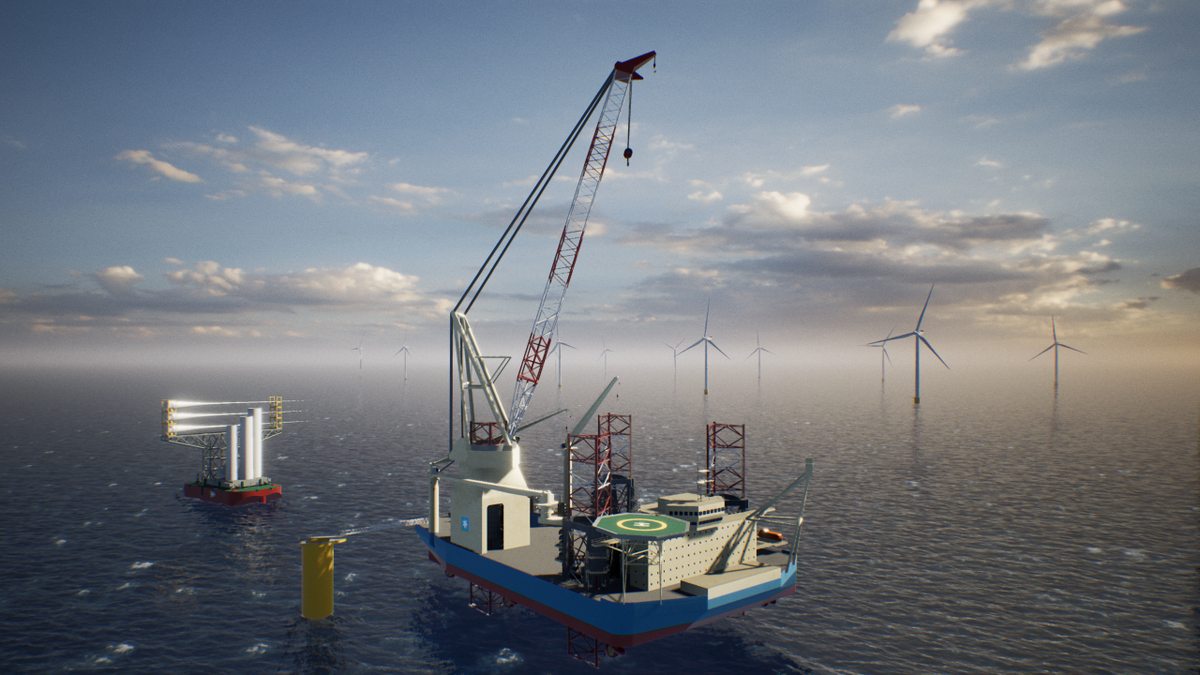Business Sectors
Contents
Baltimore bridge collapse could cause significant supply chain disruption
With a climate change-linked drought limiting traffic through the Panama Canal and geopolitical conflict in the Red Sea rerouteing ships and raising rates by as much as 150%, an unnavigable waterway on the US East Coast could add another layer of cost concerns to heavily burdened supply chains
Emergency services from Baltimore, Maryland are undertaking search and rescue efforts for an unknown number of people after a container ship struck and destroyed much of a major highway bridge in the US.
United States Coast Guard (USCG) Stations Curtis Bay and Annapolis have deployed crews to the incident for active search and rescue operations. The USCG said it has set up a 2,000-m safety zone in the waters surrounding the collapsed bridge, and has urged mariners to avoid the area.
With all attention firmly fixed on search and rescue efforts following the tragic incident, a Xeneta report has highlighted the potential impact of the event on already stressed supply chains.
“The immediate focus is the rescue operation, but there will clearly be a highly complex recovery phase and investigation to follow, and we don’t know what impact this will have on operations at the Port of Baltimore," Xeneta market analyst Emily Stausbøll said.
Baltimore is not one of the largest US East Coast container destinations, but, according to Xeneta’s figures, the city’s port still handles the import and export of more than a million containers each year.
"There is the potential for this to cause significant disruption to supply chains," Ms Stausbøll said. "Far East to US East Coast ocean freight services have already been impacted by drought in the Panama Canal and [ongoing] conflict in the Red Sea."
The layers of supply chain stressors have caused rates to increase by 150%, according to Xeneta, and the incident in Baltimore "will add to those concerns".
"It is likely other larger US East Coast ports such as neighbouring New York, New Jersey and Virginia can handle additional container imports if Baltimore is inaccessible, which may limit any impact on ocean freight shipping rates. However, there is only so much port capacity available and this will leave supply chains vulnerable to any further pressure. The question is how quickly ocean freight carriers can put diversions in place, particularly for vessels already en route to Baltimore or containers at the port waiting to be exported," Ms Stausbøll said.
Maryland Governor Wes Moore has declared a state of emergency and confirmed in a press conference that shipping in and out of the Port of Baltimore had been halted, saying that it was too soon to determine how long it would take to clear the waterway and for shipping to resume.
Danish container shipping giant Maersk has posted a statement saying it will reroute its services and omit the Port of Baltimore "for the foreseeable future".
"Due to the damage to the bridge and resulting debris, it will not be possible to reach the Helen Delich Bentley port of Baltimore for the time being. In line with this, we are omitting Baltimore on all our services for the foreseeable future, until it is deemed safe for passage through this area," Maersk said.
Cargo destined for Baltimore that is already on the water will be discharged in nearby ports, with over-land transport used to reach Baltimore, according to the company.
"Please note that for cargo set to discharge in Baltimore, delays may occur, as they will need to discharge in other ports. We are keeping a close eye on the safety situation in the area and are continuing to assess the viability of transport through the area. We will inform you of any changes that may impact your cargo. We are deeply concerned by this incident and are closely monitoring the situation. We understand the potential impact this may have on your logistics operation, and will communicate to our customers once we have more details from authorities."
Analysis by Container xChange, a digital platform for container leasing and trading transactions, agrees with that of Xeneta, with a customer advisory shared by the group saying specialised cargo and bulk handling could be the shipping sectors most impacted by the collapse of the Francis Scott Key bridge.
"Delays in cargo movement could lead to inventory shortages, affecting businesses that rely on timely deliveries, like the automotive industry which requires assemblies coming from different parts of the world," Container xChange said. "Companies should prepare to face higher transport costs as they are forced to seek alternative routes to bypass the affected area. These additional costs could result in increased prices for goods, impacting both businesses and consumers."
Container xChange said the port ranks at or near the top in the lists of US ports handling farm and construction machinery, automobiles, imported forest products, imported sugar, imported gypsum and exported coal. The port’s infrastructure, including a deep channel and large cranes, also allows it to accommodate massive container ships.
"While the magnitude of the impact is yet to be determined, the disruption in traffic and operations at the port could lead to significant economic losses. The port generates nearly US$3.3Bn in total personal income and supports over 15,000 direct jobs, with an additional 139,000 jobs connected to port work," Container xChange said.
Sign up for Riviera’s series of technical and operational webinars and conferences:
- Register to attend by visiting our events page.
- Watch recordings from all of our webinars in the webinar library.
Related to this Story
Events
LNG Shipping & Terminals Conference 2025
Vessel Optimisation Webinar Week
Marine Coatings Webinar Week
© 2024 Riviera Maritime Media Ltd.


